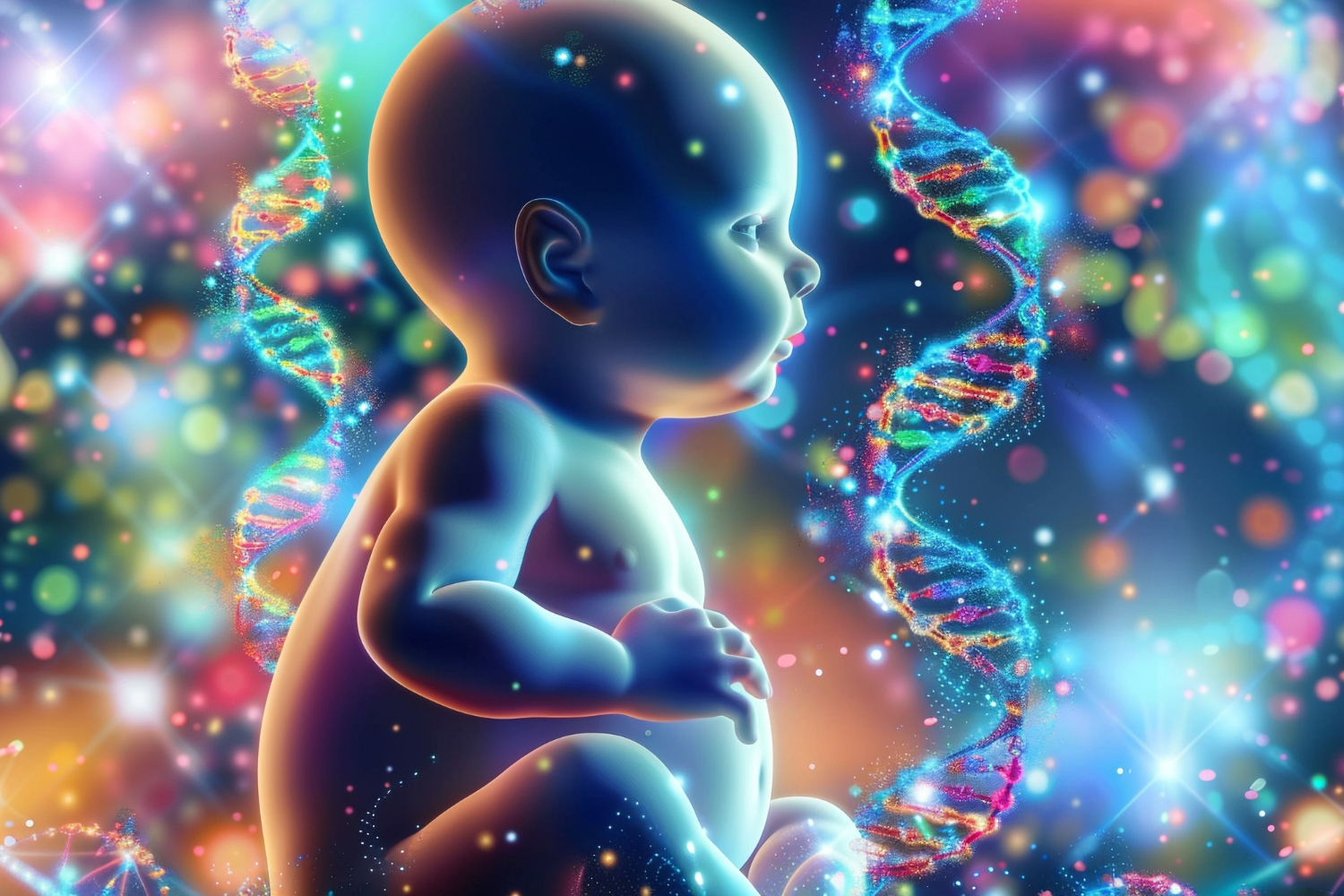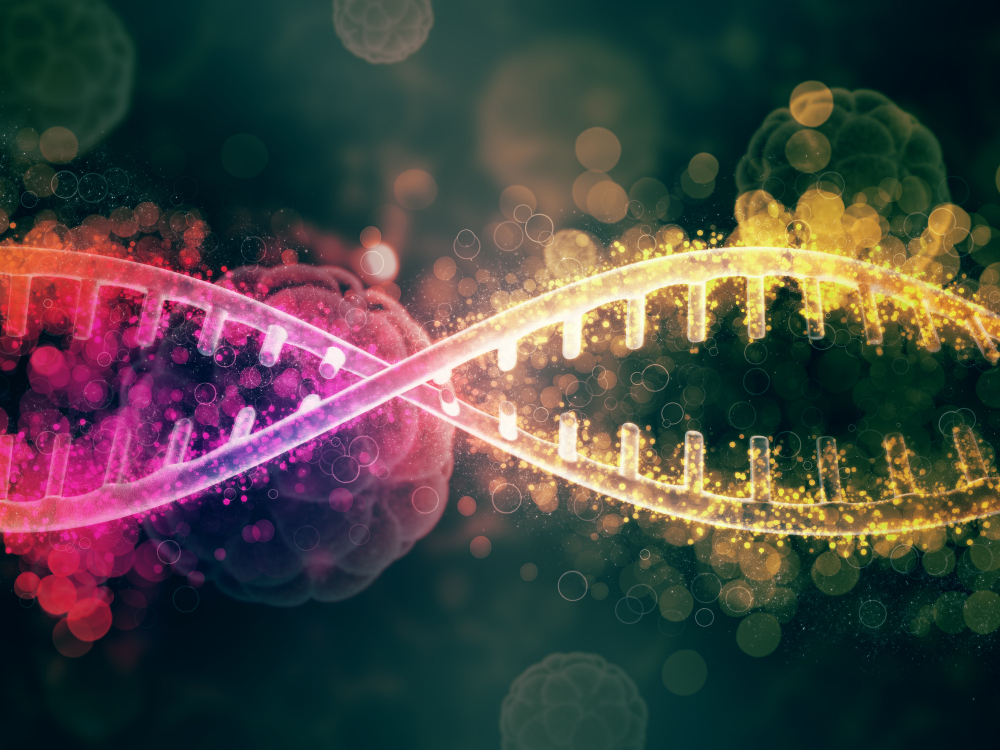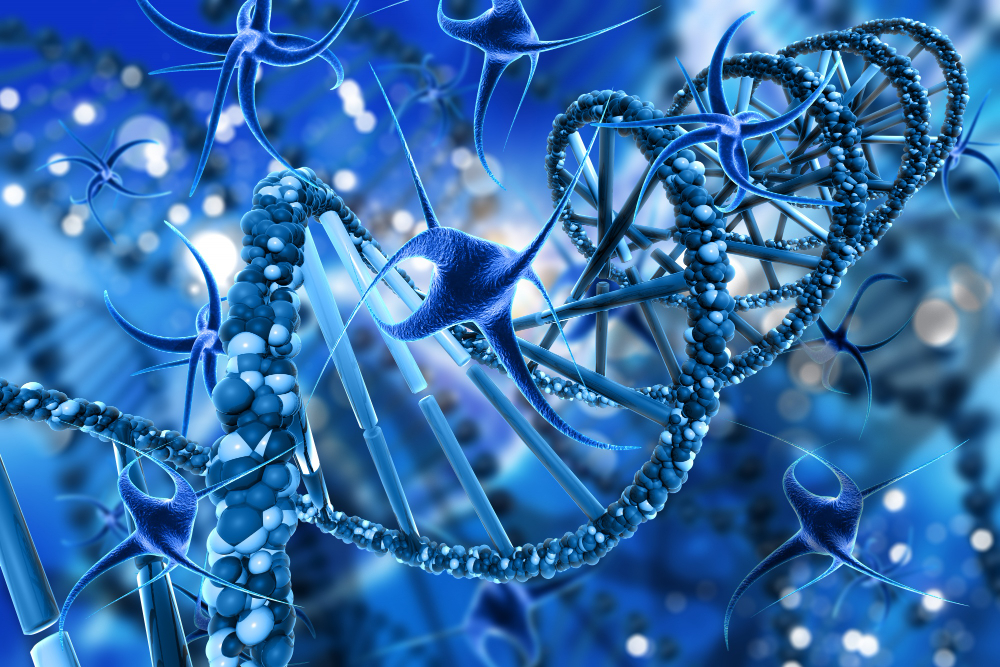
Decoding the Human Genome: What We Truly Inherit
Every individual carries a unique set of characteristics shaped by the complex interaction between genetics and the environment. Our DNA — the hereditary material passed down from parents to offspring — acts as the blueprint for physical structure, biological processes, and even certain behavioral tendencies. While the environment plays a crucial role in modifying or enhancing some of these traits, the foundation of who we are begins with our genetic code.
What Are Genetic Traits?
A genetic trait refers to any characteristic or feature that is determined by one or more genes inherited from an individual’s parents. These traits are encoded in the DNA, which is organized into chromosomes within the cell nucleus. Humans typically have 23 pairs of chromosomes, containing around 20,000 to 25,000 genes. Each gene provides instructions for producing specific proteins that influence physical appearance, physiological processes, or biochemical reactions within the body.
Genetic traits can be:
- Dominant, where one copy of a gene is enough for the trait to be expressed (e.g., brown eyes).
- Recessive, where two copies are required (e.g., blue eyes).
- Polygenic, determined by multiple genes (e.g., height, skin color).
Physical Traits Inherited Through Genetics
Many visible characteristics are directly influenced by genetic information. Examples include:
- Eye color: Determined by multiple genes, primarily OCA2 and HERC2, influencing melanin production in the iris.
- Hair color and texture: Genetic variations affect pigment levels (eumelanin and pheomelanin) and follicle shape, resulting in straight, wavy, or curly hair.
- Skin color: Controlled by multiple genes affecting melanin synthesis; geographic ancestry plays a major role.
- Height: A polygenic trait influenced by hundreds of genes, as well as environmental factors like nutrition.
- Facial structure: Bone and tissue development are guided by inherited gene patterns, leading to familial resemblance.
Physiological and Biological Traits
Genetic inheritance also affects internal bodily functions and biological systems. These include:
- Metabolism rate: Genes influence how quickly the body converts food into energy.
- Muscle composition: Variations in ACTN3 and other genes determine fast-twitch or slow-twitch muscle fiber dominance.
- Immune response: Genetic variation in HLA (human leukocyte antigen) genes affects how the body recognizes and fights pathogens.
- Blood type: Determined by the ABO gene and Rh factor inherited from parents.
- Disease susceptibility: Certain genetic mutations increase the likelihood of diseases like diabetes, heart disease, or cancer.

Behavioral and Psychological Tendencies
- Although behavior and personality are heavily influenced by upbringing and environment, genetics contributes to underlying predispositions. Studies involving twins and family members reveal a genetic component in:
- Intelligence (IQ) heritability: Estimated to be between 40% and 70%.
- Memory and learning capacity: Linked to genes affecting brain plasticity and neurotransmitter activity.
- Personality traits: Genes influence openness, extraversion, neuroticism, and risk-taking behavior.
- Sleep patterns: The “clock genes” (PER, CRY, CLOCK) regulate circadian rhythms and determine whether a person is a morning or night type.
Genetic Predispositions
A genetic predisposition refers to an increased likelihood of developing a certain condition due to one’s genetic makeup. However, these traits are not deterministic — environmental and lifestyle factors can alter outcomes.
Common examples:
- Obesity and metabolism genes (FTO, MC4R)
- Addiction susceptibility (DRD2, OPRM1)
- Mental health conditions: Depression, anxiety, and bipolar disorder show partial genetic heritability.
- Food preferences and taste sensitivity: Variations in TAS2R and OR genes affect how we perceive bitterness or sweetness.
- 7. The Role of Environment and Epigenetics
Genetic inheritance does not act in isolation. Environmental factors — such as diet, stress, toxins, and lifestyle choices — can modify gene expression without altering the DNA sequence. This process is known as epigenetics.
Epigenetic changes can turn certain genes “on” or “off,” affecting how traits are expressed and even transmitted to future generations. For instance, identical twins may have identical DNA but show differences in appearance or health due to environmental effects over time.
Conclusion
Genetically inherited traits form the foundation of human diversity. From our physical appearance to our biological functions and behavioral tendencies, genes play a critical role in shaping who we are. However, it is the dynamic interplay between genes and environment that truly defines individuality. Understanding this relationship not only deepens our knowledge of human biology but also helps in identifying risks for genetic diseases, improving healthcare, and appreciating the complexity of human identity.
References (Suggested Reading)
- Griffiths, A. J. F., et al. Introduction to Genetic Analysis. W. H. Freeman, 2015.
- Ridley, M. Genome: The Autobiography of a Species in 23 Chapters. HarperCollins, 2006.
- Plomin, R. Blueprint: How DNA Makes Us Who We Are. MIT Press, 2018.
- National Human Genome Research Institute. “Genetics and Inherited Traits.” genome.gov


